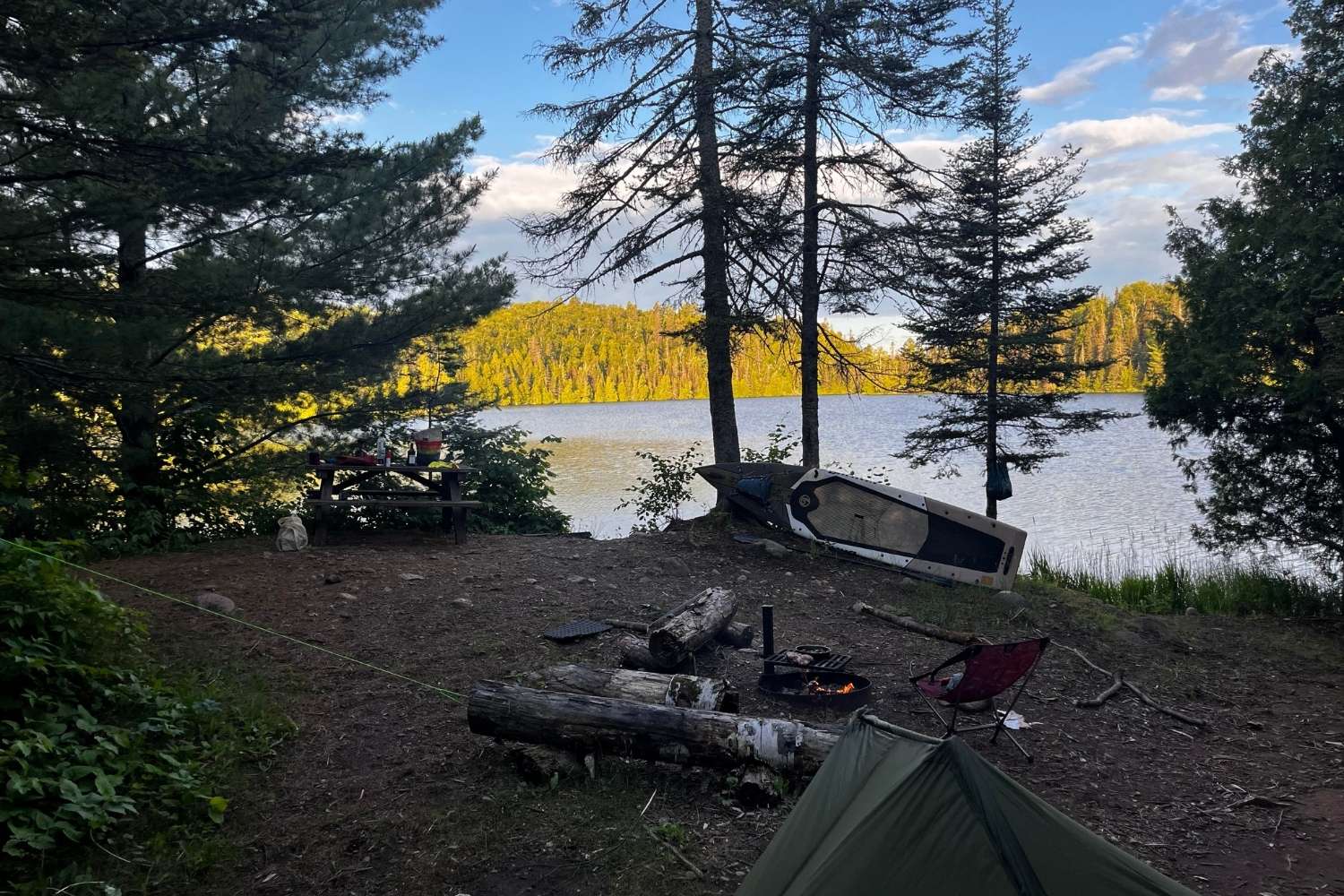Secrets Of Minnesota’s Lumber Camps In Superior National Forest

Have you ever wondered what life was like in Minnesota's lumber camps? Nestled in the heart of Superior National Forest, these camps were bustling hubs of activity. Lumberjacks worked tirelessly, cutting down massive trees and transporting them to sawmills. The camps were not just about hard work; they were communities where workers shared meals, stories, and camaraderie. Imagine waking up to the sound of axes and saws, the smell of fresh pine, and the sight of towering trees all around. These camps played a crucial role in shaping the region's history and economy. Let's dive into the fascinating world of Minnesota's lumber camps.
Secrets of Minnesota's Lumber Camps in Superior National Forest
Minnesota's Superior National Forest is a treasure trove of history, especially when it comes to the lumber industry. The forest's lumber camps were bustling hubs of activity, filled with hardworking loggers and rich stories. Let's dive into some of the most fascinating secrets these camps hold.
Hidden History of Logging Camps
The logging camps in Superior National Forest were more than just places where trees were cut down. They were communities with their own unique cultures and traditions. Here are some intriguing spots to learn about this hidden history.
Kawishiwi Ranger Station
- This station serves as a gateway to the past, offering exhibits on the logging history of the area. Visitors can see old tools, photographs, and even a recreated logger's cabin.
Tettegouche State Park
- Known for its stunning cliffs and waterfalls, this park also has remnants of old logging camps. Hike the trails to find hidden artifacts and learn about the loggers who once called this place home.
Forest History Center
- Located in Grand Rapids, this center provides a comprehensive look at the logging industry. Interactive exhibits and live demonstrations bring the past to life, showing how loggers worked and lived.
Life in the Lumber Camps
Life in the lumber camps was tough but also filled with camaraderie and unique traditions. These places offer a glimpse into the daily lives of the loggers.
White Pine Logging Camp
- This recreated camp in Cloquet lets visitors experience what life was like for loggers. From the bunkhouse to the cook shanty, every detail is meticulously recreated.
Ely-Winton Historical Society
- This society preserves the history of the Ely and Winton areas, including their logging past. Exhibits include personal stories, photographs, and artifacts from the lumber camps.
Sawbill Lake Campground
- While now a popular spot for camping and canoeing, this area was once a bustling logging camp. Interpretive signs along the trails tell the story of the loggers who worked here.
Tools of the Trade
The tools used by loggers were essential to their work and have fascinating stories of their own. These locations highlight the equipment that made logging possible.
Minnesota Discovery Center
- This center in Chisholm showcases a wide range of logging tools, from crosscut saws to axes. Interactive exhibits allow visitors to try their hand at using some of these tools.
International Wolf Center
- While primarily focused on wolves, this center in Ely also has exhibits on the logging industry. Learn about the tools and techniques used by loggers and how they impacted the forest ecosystem.
Split Rock Lighthouse
- This iconic lighthouse also has exhibits on the logging industry. Discover how logs were transported across Lake Superior and the role the lighthouse played in guiding ships carrying timber.
Legends and Lore
The lumber camps were filled with stories and legends that have been passed down through generations. These places keep those tales alive.
Paul Bunyan Land
- This amusement park in Brainerd celebrates the legendary lumberjack Paul Bunyan. With rides, exhibits, and a giant talking Paul Bunyan statue, it's a fun way to learn about the myths and legends of the logging camps.
North Shore Scenic Railroad
- Take a ride on this historic railroad and hear stories of the loggers who once traveled these tracks. The scenic journey offers stunning views and a glimpse into the past.
Cook County Historical Society
- This society in Grand Marais preserves the history and folklore of the area. Exhibits include tales of legendary loggers and the supernatural stories that surrounded the camps.
Preserving the Past
Efforts to preserve the history of the lumber camps ensure that future generations can learn about this important part of Minnesota's heritage. These places are dedicated to keeping the past alive.
Superior National Forest Headquarters
- Located in Duluth, the headquarters offers information on the history and preservation efforts of the forest. Learn about ongoing projects to protect and restore historical sites.
Chik-Wauk Museum and Nature Center
- Situated on the Gunflint Trail, this museum focuses on the history of the Gunflint Trail area, including its logging past. Exhibits and nature trails provide a comprehensive look at the region's history.
Voyageurs National Park
- This park not only offers stunning natural beauty but also has exhibits on the logging industry. Learn about the impact of logging on the park's ecosystem and the efforts to preserve its history.
The Legacy of Minnesota's Lumber Camps
Minnesota's lumber camps in Superior National Forest offer a unique glimpse into the past. These camps were more than just places of work; they were communities where loggers lived, shared stories, and built a culture. Exploring these camps today, you can still feel the rugged spirit of the loggers who once called this place home. The tools, cabins, and trails tell stories of hard work and camaraderie. Visiting these sites provides a deeper appreciation for the history and natural beauty of the area. Whether you're a history buff or just love the outdoors, these camps are worth exploring. They remind us of the resilience and determination that shaped Minnesota's history. So, next time you're in Superior National Forest, take a moment to step back in time and experience the legacy of the lumber camps.

